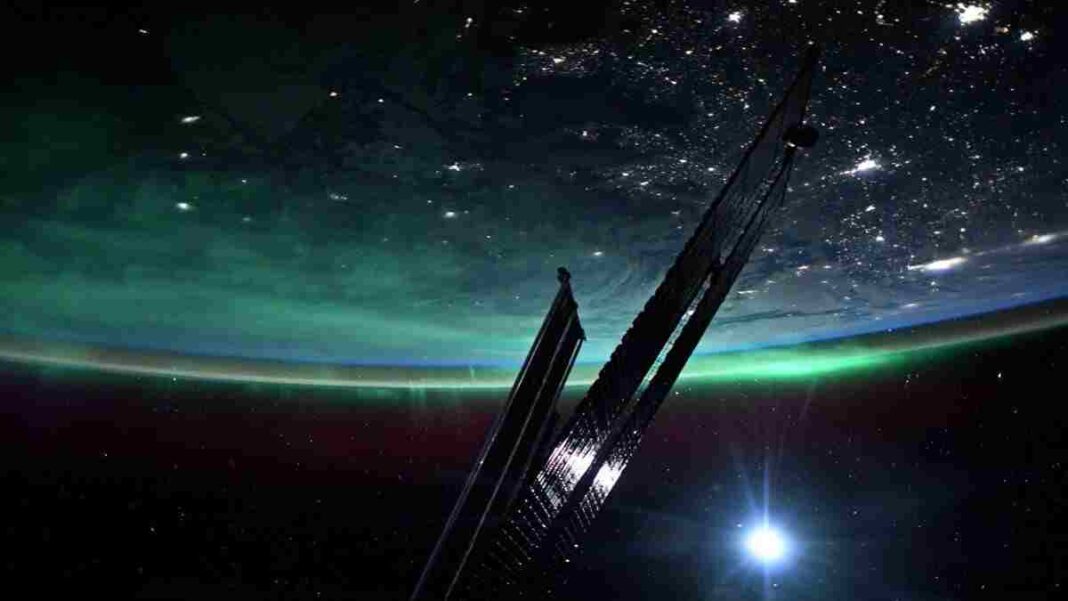UNITED STATES: The most stunning natural phenomenon on Earth, auroras, are created when charged particles, such as electrons and protons, collide with gases in Earth’s upper atmosphere. These collisions result in minute flashes that fill the sky. Josh Cassada, a NASA astronaut, tweeted a photo demonstrating that the polar lights appear to be more beautiful when observed from an orbit 250 kilometres above the Earth.
We already know that the interaction of charged particles with the highest reaches of the Earth’s atmosphere results in auroras.
Yet, these charged particles are generally directed towards the planet’s poles by the magnetic field of the Earth.
Because of how the magnetic field is set up, oval auroras appear over the North and South Magnetic Poles of the Earth.
The ideal way to see the aurora would be to travel to locations in the far north of the earth, such as Greenland, Norway, Sweden, Finland, and other areas, as the majority of people are not fortunate enough to observe the aurora from the space station.
On the other side of the globe, the best places to see auroras are Tasmania, Australia, and New Zealand. According to The Weather Network, the solar activity that causes these the polar lights has recently increased.
On February 24, a solar explosion known as a “coronal mass ejection” took place. A geomagnetic storm was sparked by this in conjunction with a swift solar wind.
For the most part, they pose no threat to people. Yet extremely powerful CMEs have the potential to harm satellites, bring about radio blackouts, and possibly bring about power grid breakdowns on Earth. For indications of such ejections, scientists continuously scan the sun.
Nonetheless, it looks like this season may pack plenty of aurorae. The public can stay abreast of predictions on the NOAA’s Space Weather Prediction Center, and the Australian Bureau of Meteorology’s aurora forecast for the southern hemisphere.
Also Read: NASA Nominates First Woman for the Position of Science Chief



